
We have been expecting a big step up in fmcg pricing and it is now starting to become visible in company reporting.
Bellwether Nestlé’s quarter one pricing increase of 5% was more than double the prior quarter, and the company signalled there was more to come, given that cost inflation continues to rise sharply. Danone’s pricing was also up 5% in Q1. Europe still lagged this average, up only 2.6%, though this gap will likely close next quarter. P&G delivered 10% organic growth with price/mix at 7%, double market expectations.
It’s the same story across the beverage space as well. European brewer Heineken reported an 18% increase in price/mix in Q1, although some of this can be explained by the recovery in pubs and restaurants. AB InBev last quarter also showed one of the highest pricing quarters in recent history. The message is pretty clear: there are few ways consumers can escape fmcg inflation, and it is set to get much worse in the balance of this year.
The interesting point is so far we are not seeing much downtrading. Indeed, to the contrary the evidence is there is more uptrading to premium products, just at a time where disposable income is getting squeezed hard. Both Danone and P&G have said private label is still losing ground in both Europe and the US. Indeed, there is some US data that shows private label pricing is moving up faster than pricing at the big consumer brands, which makes sense given a higher commodity weighting and lower margins – but in real terms, this actually makes brands relatively more affordable. Clearly this dynamic can change as pricing steps up even more, but so far we are not seeing it, other than in some pockets of emerging markets.
P&G always makes the point that superior brand performance drives household penetration, which in turn drives sales growth and market share. A good example it gave is Ariel ‘cold wash’ laundry. The cold water usage drives energy savings and sustainability benefits, and this offsets higher pricing. What the consumer sees is a more compelling ‘value’ proposition that they are willing to pay for. Put simply, pricing coupled with innovation is easier for consumers to stomach. P&G is doubling down on this, reviewing all aspects of its consumer proposition in terms of product, packaging, retail execution and brand communication to ensure superiority in all elements.
The question investors are asking is: why is the volume reaction so limited from the price increases already announced? P&G said the volume impact from pricing is some 20% to 30% lower than what its historical data would have estimated. There is not a simple reason why, and part of the answer could include higher savings rates, wage increases or low rates of unemployment, but product superiority is also a key part of the equation. Clearly if you are selling everyday brands for daily use such as food, health and hygiene, these categories are holding up better than more discretionary categories. Nestlé’s petfood is a great example, growing almost 14% in Q1 with volume/mix up 6%, even as pricing has increased by 8%.
Our other observation is that growth in out-of-home channels continues to be very strong even as retail sales for in-home food remain elevated. Nestlé said out-of-home channels grew 36% in Q1 and now exceed 2019 levels even as retail (in-home) sales are still up 6%. Normally we would expect to see this growth in out-of-home impacting in-home food sales. This is not happening, and for as long as this continues, sector growth could remain elevated. We still have not heard many convincing explanations why this is the case, and can only conclude that more calories are being consumed overall compared to pre-pandemic.
However, whilst the topline growth for the sector is looking good, there is still the issue of margins. We estimate that despite record pricing, it is still only covering around half of the inflation impact. Most of the European food/HPC companies only report sales at Q1 so only have to show margins at the Q2 stage, but we would point out that P&G’s gross margins were down 400bp in their most recent results. Despite this headwind, P&G was able to hold operating margins flat due to strong topline leverage.
Trying to call when inflation peaks is virtually impossible, but the key is that we do not see a structural erosion in sector profitability. It is more of a timing impact related to how quickly pricing actions can be implemented. Given the scale of the problem, it might take more than one year to offset entirely.

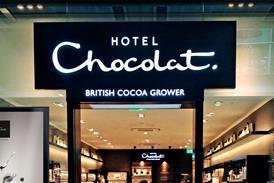
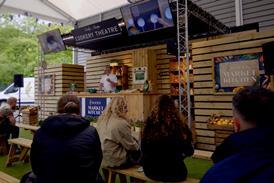
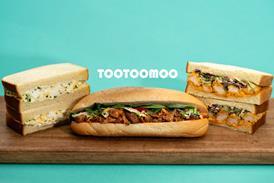





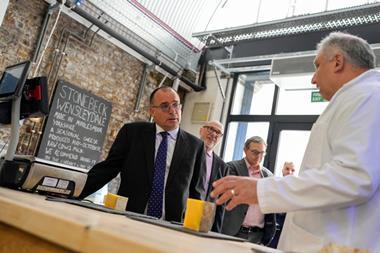






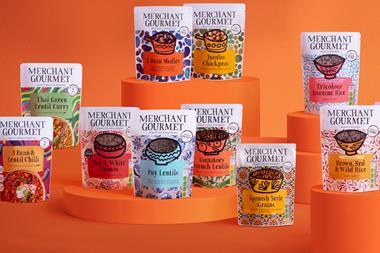
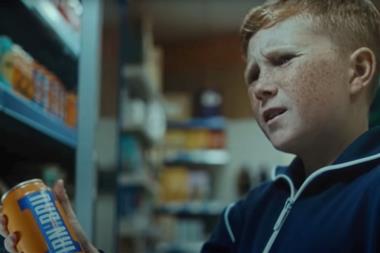

No comments yet